The Ethos Lever Model utilizes thirteen different “Levers” organizations can pull to make impact. Each Lever provides an opportunity to create value – but when strategically pulled together – the result is a powerful and cohesive Social Impact effort.

CASH
Flexing your dollars to benefit social impact, for example: 501(c)3 donations (including matching funds), 501(c)4 political contributions, or spending money with a values aligned business.

IN-KIND
For businesses, donating non-monetary contributions of beneficial goods or services.

ACTIVATION
For nonprofits, programmatic and educational work related to your core mission, and the reason you exist as a nonprofit.

VOLUNTEERISM
Providing voluntary skilled or unskilled labor opportunities (e.g.: community service).

ADVOCACY
Asserting individual or brand leadership to defend or support a cause or policy, either in the public sphere (e.g.: legislation) or private sphere (e.g.: trade association statement).

EMPLOYEE INITIATIVES
Taking “above and beyond” company action to support employees and their families.

COMMUNITY
Leveraging your organization’s power to engage people in person or online and mobilizing this audience to serve a social impact goal.

DEI
Including programs and policies that support diversity, equity, and inclusion.

SUPPLY CHAIN
Advancing social and environmental goals and prioritizing mission-aligned vendors.

SUSTAINABILITY
Tracking environmental impact and holding teams accountable to meaningful environmental stewardship.

PARTNERSHIP
When nonprofits and businesses collaborate to create social impact value that one could not achieve without the other.

FUNDRAISING
Generating funds to support nonprofit work.

SALES
Selling products or services that inherently support social impact objectives.

Impact Investing
Using the corpus of a fund or other working capital to invest in mission-aligned for-profit businesses.


